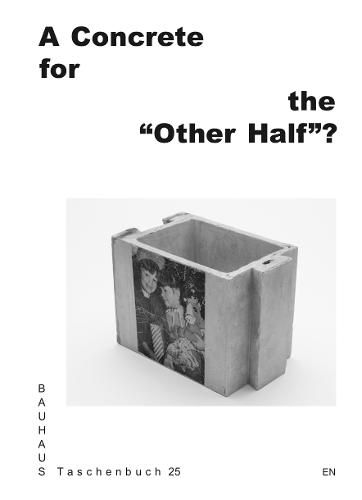Readings Newsletter
Become a Readings Member to make your shopping experience even easier.
Sign in or sign up for free!
You’re not far away from qualifying for FREE standard shipping within Australia
You’ve qualified for FREE standard shipping within Australia
The cart is loading…






The invention, uses and afterlife of an innovation designed to sidestep the Western construction industry
The invention of the sulphur concrete block was the result of experiments performed by the Minimum Cost Housing Group at McGill University in Montreal in the 1970s. The international research group explored self-building using materials that would present an alternative to the functionalistic logic of development aid programs tied to the Western construction industry. The Other Half –a term that was coined to describe decolonized countries and urban populations living in informal housing at the time–was the focus of their experiments with alternative building solutions.
Beginning with an overview of how and why the block was made, its usage and its afterlife, and going on to examine its status within architectural historiography, this book shows how the block became both a vessel and vector for the projections and questions explored by the transdisciplinary group of the Bauhaus Lab 2020.
$9.00 standard shipping within Australia
FREE standard shipping within Australia for orders over $100.00
Express & International shipping calculated at checkout
The invention, uses and afterlife of an innovation designed to sidestep the Western construction industry
The invention of the sulphur concrete block was the result of experiments performed by the Minimum Cost Housing Group at McGill University in Montreal in the 1970s. The international research group explored self-building using materials that would present an alternative to the functionalistic logic of development aid programs tied to the Western construction industry. The Other Half –a term that was coined to describe decolonized countries and urban populations living in informal housing at the time–was the focus of their experiments with alternative building solutions.
Beginning with an overview of how and why the block was made, its usage and its afterlife, and going on to examine its status within architectural historiography, this book shows how the block became both a vessel and vector for the projections and questions explored by the transdisciplinary group of the Bauhaus Lab 2020.